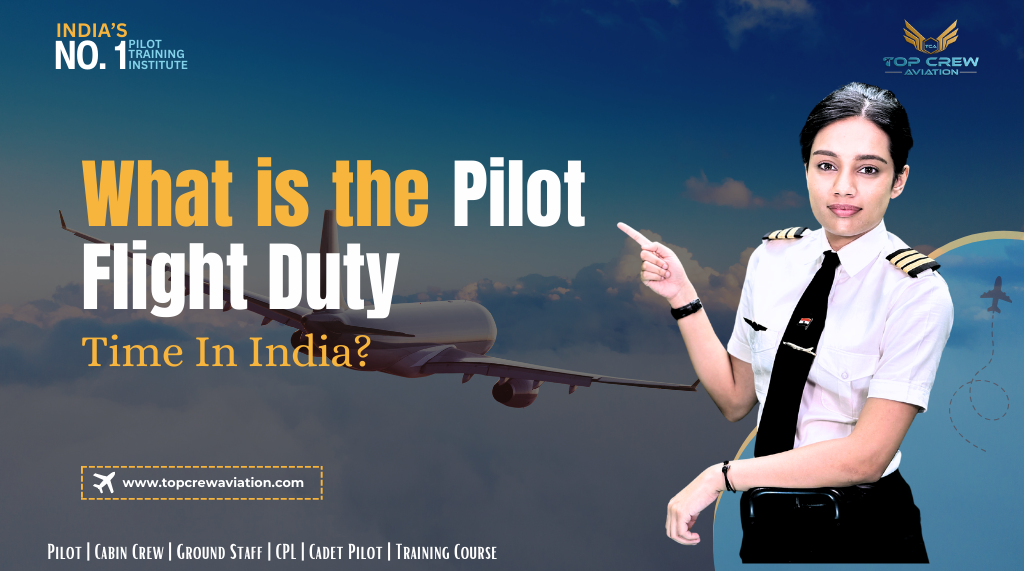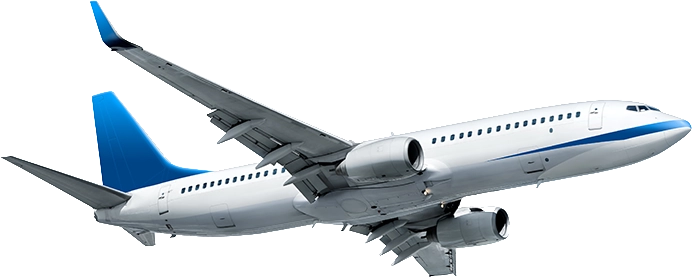What is the Pilot Flight Duty Time in India?
Have you ever wondered “How many Hours Can a Pilot Fly in a Day?” Pilots carry a heavy responsibility for the safety of hundreds of lives on each flight. Flight Duty Time Limitations (FDTL) are Regulations that are in place to protect both Pilots and passengers. This Article discusses the importance of FDTL in ensuring the well-being of Pilots and the safety of all onboard. We will examine how these Regulations function, their significance, and how they enhance the overall Pilot experience. Join us as we explore the work hours of Pilots and learn how they contribute to safe and smooth flights for everyone!
If you have similar doubts like this, don’t hesitate to Contact Us! Our Experts at Top Crew Aviation will solve them ASAP!
The Vital Role of Pilot Flight Duty Period Limitations (FDTL) :
Pilots bear immense responsibility. They safeguard passengers’ lives. Their decisions affect safety profoundly. Pilots must stay sharp to make crucial judgments and handle challenges. They navigate with precision and skill, ensuring safe flights for everyone on board and below. This is where Flight Duty Time Limitations (FDTL) come into play.

Pilot Flight Duty Time Limitations(FDTL) in India
FDTL regulations, set by authorities such as India’s DGCA, are crucial. They aim to safeguard pilots and, thus, ensure passenger safety. These rules govern how long pilots can fly commercially. They cover flight time, as well as pre-flight and post-flight tasks. This recognizes the mental and physical challenges pilots face throughout their duties.
| Maximum Flight Time | Maximum Flight Duty Period (in Hours) | Maximum No. of Landings |
| 8 hrs | 11:00 | 6 |
| 11:30 | 5 | |
| 12:00 | 4 | |
| 12:30 | 3 | |
| 9 hrs | 13:00 | 2 |
| 10 hrs | 13 | 1 |
| For operations encroaching night duty | Maximum Flight Duty Period (in Hours) | Maximum No. of Landings |
| 8 hrs | 2 |
This table shows how FDTL limits affect real-life situations. For instance, if a Pilot flies for 9 hours in a day, their total duty time, including briefings, checks, and post-flight tasks, can’t exceed 13 hours. They’re also restricted to a maximum of two landings. The table details limits for different flight times, giving an idea of expected landings per hour flown. This helps Pilots get enough rest between flights.
The message throughout the Article is clear: exceeding these limitations is a strict no-go. Even for young, energetic Pilots brimming with confidence, regulations are very important. The Directorate General of Civil Aviation (DGCA) enforces these limitations with unwavering vigilance, prioritizing the safety of Pilots, passengers, and everyone on the ground.
Why is FDTL Important for Pilots :
But why are Flight Duty Time Limitation (FDTL) regulations so crucial? Fatigue is a powerful adversary for Pilots. It lowers cognitive abilities, slows reaction times, and clouds judgment. A Pilot experiencing fatigue is more susceptible to errors in decision-making, potentially compromising the safety of the flight.
FDTL regulations take into account the cumulative effect of fatigue. Long stretches of flying time, coupled with the demands of pre-flight and post-flight activities, can lead to significant fatigue. By limiting duty times, these regulations ensure Pilots have sufficient rest to be mentally and physically prepared for their next flight.



